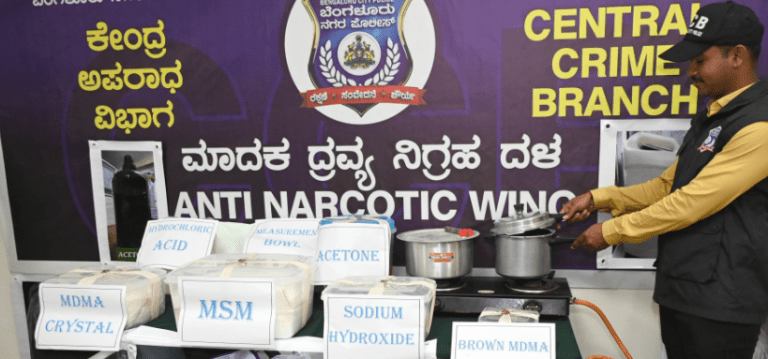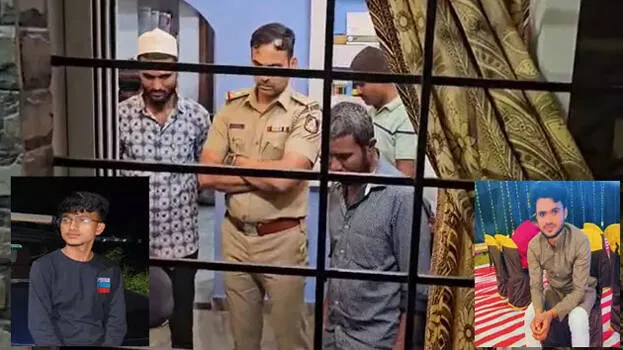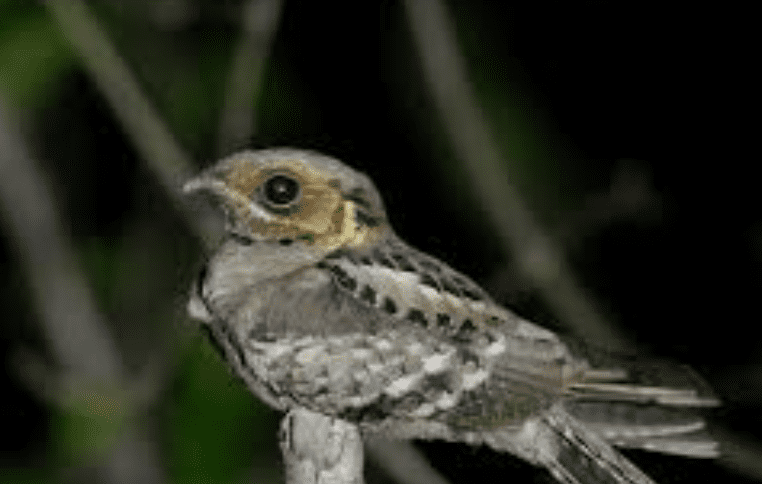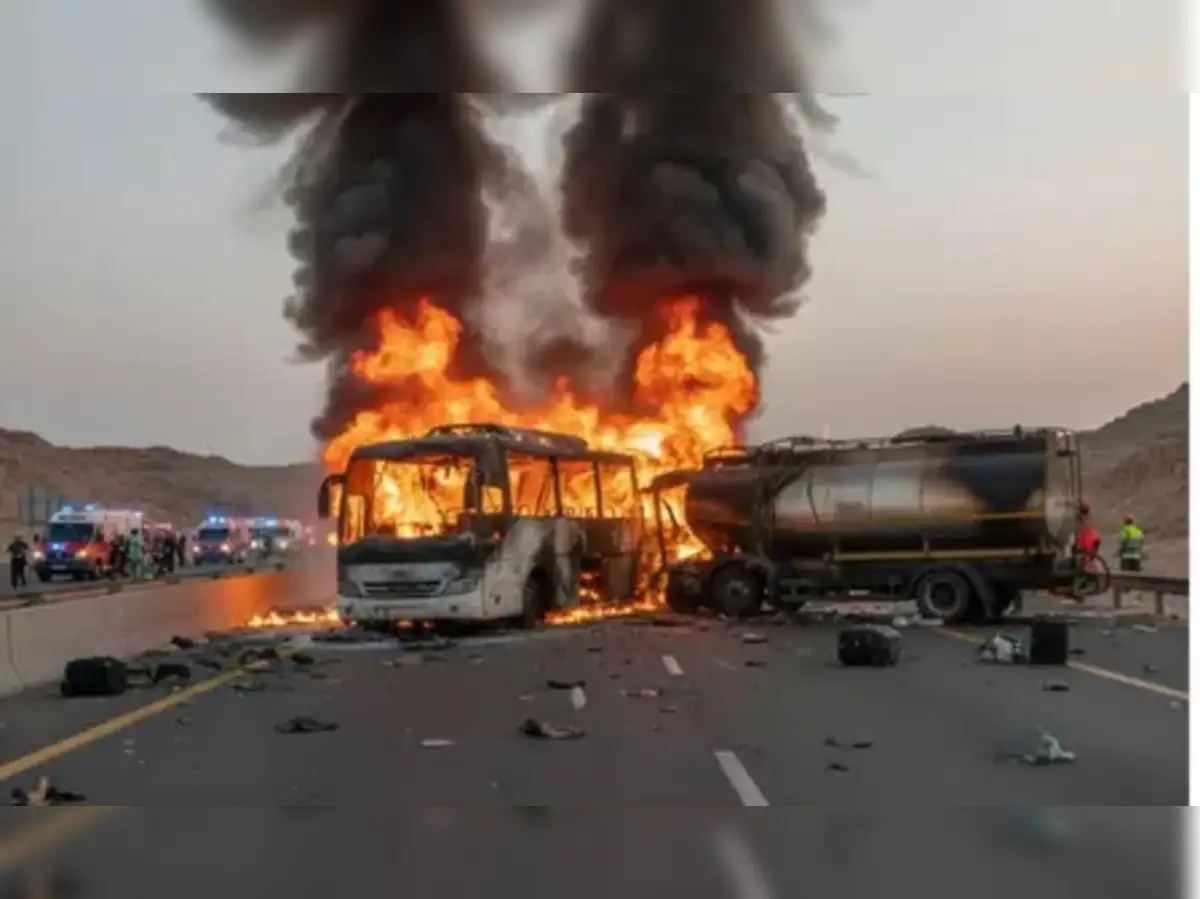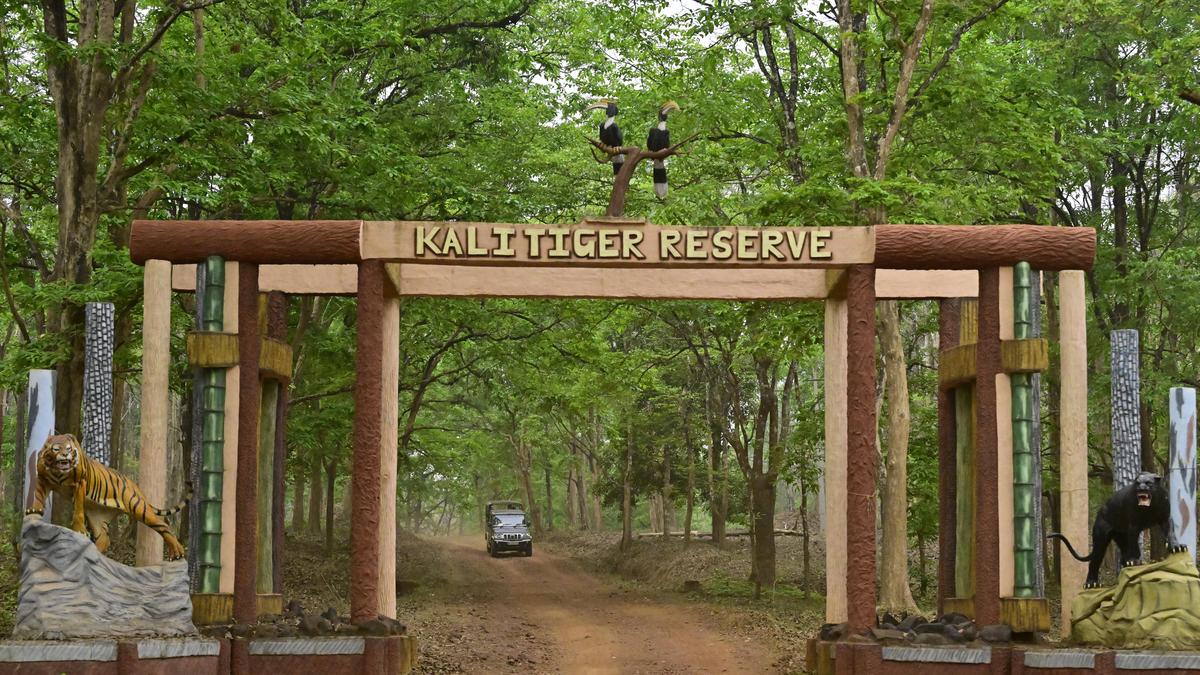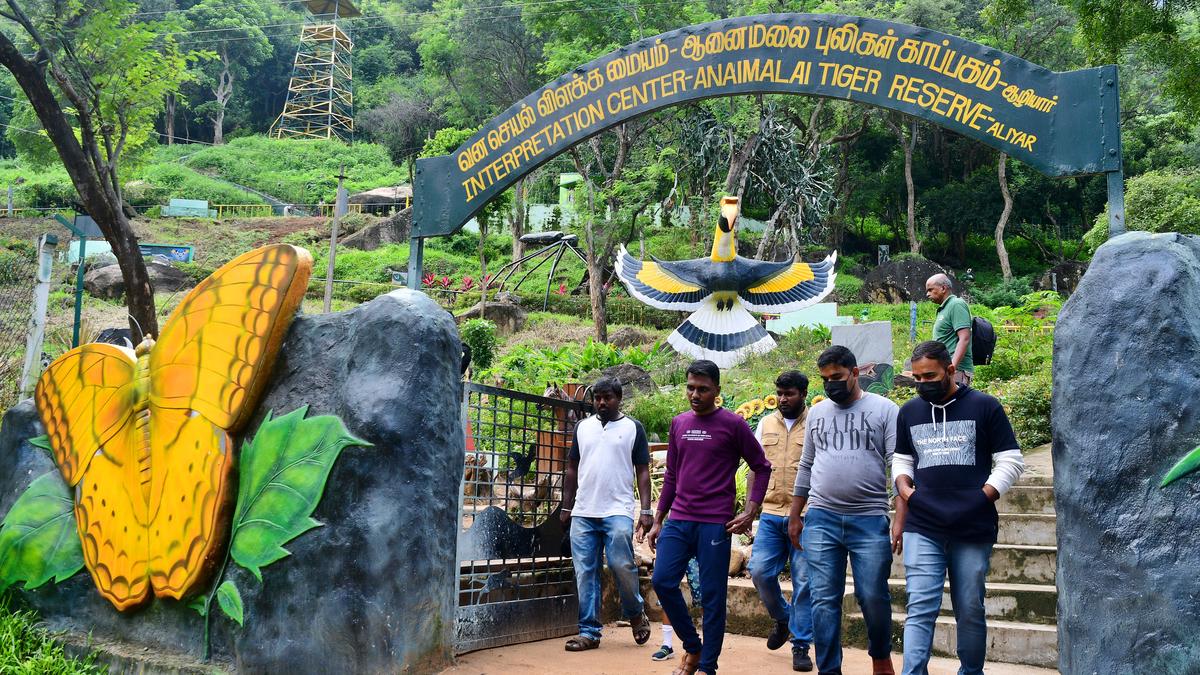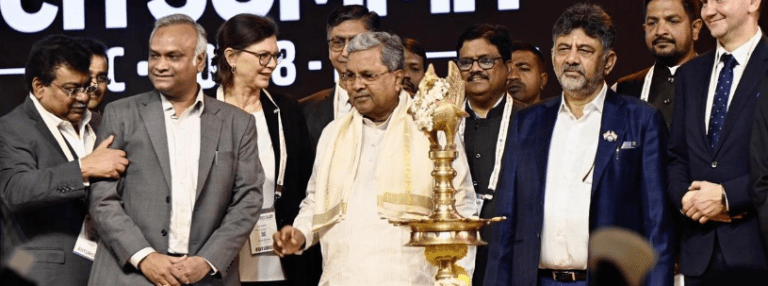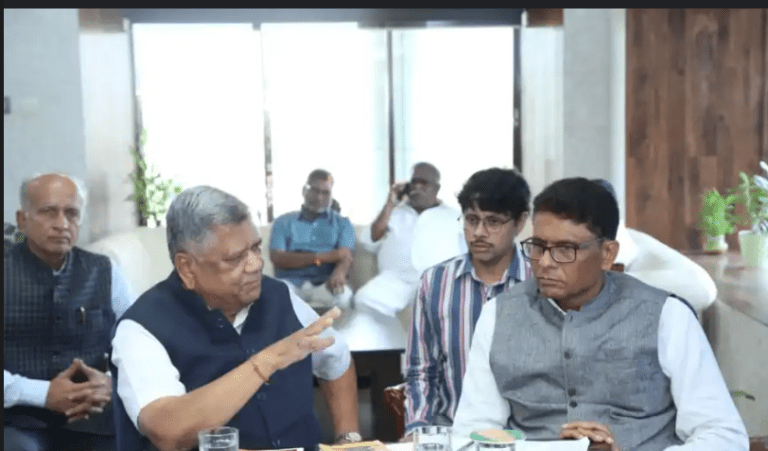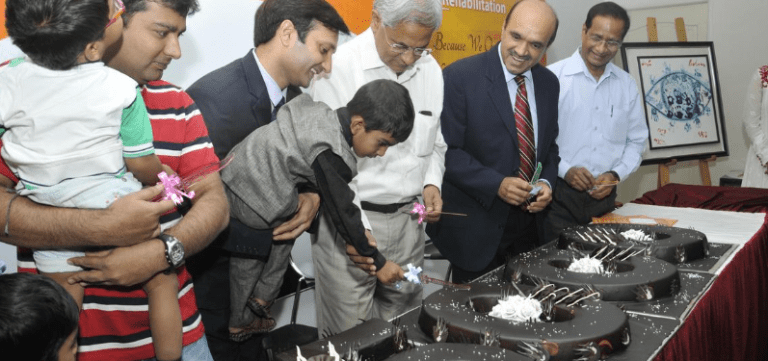A major operation conducted by the Central Crime Branch in Bengaluru has led to the arrest of 19 individuals, including 14 foreign nationals, in a sweeping crackdown on drug trafficking networks operating within the city. Officials said the raids, carried out across multiple locations, resulted in the seizure of narcotics worth ₹7.7 crore. The substances recovered include synthetic drugs, cocaine, MDMA tablets, and high-quality hydroponic cannabis. Authorities believe the operation has dismantled a significant part of an international supply chain. The arrests come amid increasing concern over Bengaluru becoming a hotspot for drug-related activities involving foreign nationals.
According to CCB officials, the raids were part of an intensified month-long surveillance effort targeting suspected drug peddlers and organised groups operating in central and eastern Bengaluru. The arrested individuals allegedly used rental homes, paying guest accommodations, and short-term service apartments as hubs for their activities. Several of them were reportedly staying on expired visas or had arrived in India on student visas but were found engaging in illegal trade. Officers said the group used encrypted messaging platforms and digital payment channels to evade detection, ensuring that deliveries were made discreetly to customers across the city.
WIDENING NETWORK OF INTERNATIONAL DRUG CARTELS IN CITY
Investigators revealed that the group operated in a structured manner, with separate individuals managing supply, storage, packaging, and distribution. The foreign nationals arrested hail from multiple African countries, and police believe they were part of a larger cartel that regularly smuggled narcotics into Bengaluru. Preliminary inquiries suggest that drugs were shipped through courier channels using false identities or were transported through interstate routes. The CCB is working with immigration authorities to verify the legal status of the arrested individuals. Officials also suspect that a few financiers behind the operation may still be at large and are being tracked.
Police sources confirmed that high-end neighborhoods, particularly those with large student populations and nightlife hotspots, were major targets for the group. Areas such as Indiranagar, Koramangala, and Banaswadi were frequently used as distribution points. The peddlers allegedly offered narcotics to students, young professionals, and tourists visiting the city. Investigators said some of the foreign nationals had been previously booked for similar offences but continued operating due to loopholes in visa enforcement. CCB teams are now coordinating with local police stations to identify landlords who rented out properties to these individuals without proper documentation or verification procedures.
A senior official noted that the synthetic drugs seized indicate the group’s access to sophisticated manufacturing sources. The MDMA tablets recovered were of premium quality, often sold for high prices in elite party circles. Police suspect that these drugs may have been processed in clandestine laboratories in other states before being transported to Bengaluru. With the increasing demand for synthetic drugs among young consumers, such networks have strengthened their foothold in the city. Officials said tracking these supply chains requires coordinated national-level action, as the cartels often operate across multiple cities with strong international linkages.
CITY POLICE TIGHTEN SURVEILLANCE AND VISA MONITORING
The operation has prompted the Bengaluru Police to step up monitoring of foreign nationals staying in the city. Authorities said many of the arrested individuals had overstayed their visas or violated the conditions under which they were permitted to enter the country. Police are now conducting background checks on foreigners living in rented houses, PG accommodations, and student hostels. They have urged property owners to ensure stricter verification before leasing premises to tenants from outside India. The CCB plans to hold meetings with immigration officials to streamline data-sharing mechanisms and prevent misuse of student and tourist visas for illegal activities.

The seized narcotics, valued at ₹7.7 crore, include more than 2.5 kilograms of MDMA crystals, 1,200 MDMA tablets, 500 grams of cocaine, and several kilograms of hydroponic cannabis. Officers said hydroponic cannabis, often cultivated using advanced indoor farming techniques, has become increasingly popular among drug users because of its potency. Investigators pointed out that the presence of such high-value substances indicates links to transnational networks with access to sophisticated smuggling channels. The agency has sent samples of the recovered drugs to forensic labs to determine their exact composition, purity levels, and possible source points.
During interrogation, some suspects allegedly confessed to operating through online marketplaces and social media platforms, using code words and timed drop-off points to deliver drugs anonymously. Police said customers would place orders using encrypted messaging apps and pick up deliveries from pre-decided locations without directly meeting the peddlers. Investigators believe this method helped the group avoid direct detection for months. Officers are now scanning digital devices, including mobile phones and laptops seized during the raid, to track financial transactions, communication patterns, and potential contacts both within and outside Karnataka. Cybercrime experts have joined the investigation.
The crackdown has sparked conversation about the growing presence of foreign-origin drug cartels in Bengaluru and their ability to exploit the city’s vast rental infrastructure and international student population. Community activists argue that while foreign students contribute significantly to the city’s cultural and academic environment, a small number misuse student visas for illegal activities. They urge educational institutions to closely monitor attendance and documentation of international students. Meanwhile, welfare groups caution against stereotyping foreign nationals, stressing that illegal operations are conducted by a minority, and law enforcement must avoid blanket suspicion toward entire communities.
Residents living near the raided locations reported suspicious activities in recent months, including frequent late-night visitors, sudden movement of unfamiliar vehicles, and individuals staying indoors for days at a stretch. Some neighbors had reportedly alerted the police, which helped the CCB narrow down its list of suspects. Officials encouraged residents across the city to report unusual activities without hesitation. They highlighted the importance of community involvement in combating narcotics networks, stating that even small observations by citizens could provide significant breakthroughs in major investigations involving organised crime operations.
The raids form part of a broader anti-drug initiative launched by the Bengaluru Police, aimed at reducing narcotics circulation and curbing organised crime. Officials have conducted multiple operations over the past year, targeting peddlers, consumers, and suppliers. The latest crackdown is among the largest in recent times in terms of arrests and value of drugs seized. Senior officers said such operations will continue, particularly ahead of major public festivals and events when drug circulation typically spikes. The CCB plans to intensify undercover operations and surveillance drives around places known for nightlife, gatherings, and concerts.
Parents and educators expressed concern over the rising trend of drug consumption among teenagers and young adults in Bengaluru. Many colleges have sought increased sensitisation sessions and counselling programs to create awareness about the dangers of substance abuse. They say the accessibility of drugs has made it difficult for institutions to monitor students once they leave campus. Educational leaders are considering recommending community policing partnerships and helplines for students at risk. They emphasize that prevention must involve both strict enforcement and supportive mental health measures to discourage youth from being lured by drug networks.
Legal experts pointed out that the arrested foreign nationals may face multiple charges under the Narcotic Drugs and Psychotropic Substances Act, apart from immigration violations. Convictions in such cases often result in long imprisonment terms, followed by deportation. Lawyers said the authorities may also explore proceeds-of-crime investigations to determine whether the accused had accumulated wealth from illegal activities. If proven, such assets can be seized under relevant laws. Officials said they are coordinating with central agencies to track bank accounts, remittances, and international money transfers linked to the accused individuals.

The Bengaluru Police Commissioner praised the CCB team for conducting the large-scale operation efficiently. He said the arrests send a strong message to all drug peddlers that the city will not tolerate illegal activities threatening public safety. He urged residents, educational institutions, and businesses to remain vigilant and report suspicious behaviour promptly. Authorities reiterated that Bengaluru’s growth as an IT and cultural hub must not be exploited by criminal elements. They emphasised that law enforcement will continue working to ensure a safe and secure environment for citizens, students, and visitors.
Officials believe the successful operation may lead to further arrests as the investigation progresses. Several suspects have disclosed names of individuals who helped them transport drugs or facilitated contacts with buyers. Police teams are now conducting follow-up raids and surveillance based on these leads. Additional crackdowns are expected in areas where foreign nationals without valid documentation are reportedly residing. Authorities said they are also coordinating with embassies of the countries involved to streamline verification of identities and ensure strict accountability for visa violations and criminal conduct.
As Bengaluru continues to grapple with the growing influence of international drug cartels, the recent CCB raid stands as a significant reminder of the complex challenges the city faces in controlling narcotics. The arrest of 19 individuals, including 14 foreign nationals, highlights the scale and sophistication of operations targeting vulnerable youth and bustling neighbourhoods. With narcotics worth ₹7.7 crore seized, officials say the operation has dealt a major blow to illegal networks. Moving forward, coordinated action across agencies, communities, and institutions will be essential to ensure Bengaluru remains resilient in the face of evolving criminal strategies.
Follow: Karnataka Government
Also read: Home | Channel 6 Network – Latest News, Breaking Updates: Politics, Business, Tech & More

